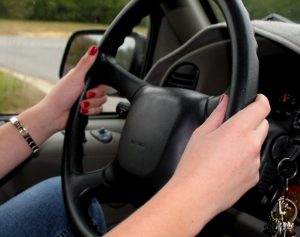In a recent ride-along with Florida Highway Patrol troopers in South Florida, an NBC affiliate news crew took note of numerous drivers texting, scrolling and talking away behind the wheel. Despite observations of this extremely dangerous behavior, the trooper was without an actionable cause to stop these drivers. That’s because Florida has one of the weakest distracted driving laws in the country, despite this being a serious problem known to be even more prevalent than drunk driving. 
Florida is one of a handful of states where texting-and-driving remains a secondary offense. That means an officer must also observe some other traffic offense before a traffic stop can be initiated and a texting-while-driving citation issued.
F.S. 316.305, also known as the Florida Ban on Texting While Driving Law, prohibits the use of an electronic device (manually typing, sending, reading or researching data or interpersonal communication) while operating a motor vehicle. There are a number of exceptions to this rule (i.e., researching traffic or weather alerts, those who are searching radio broadcasts use of a system for navigation), but the biggest issue is the fact that it’s a secondary offense. Plus, even if a fine is issued, it’s only $30 for a first-time offense. Continue reading
 Broward Injury Lawyer Blog
Broward Injury Lawyer Blog












